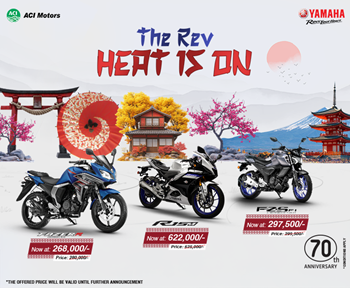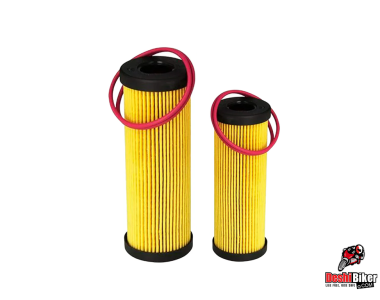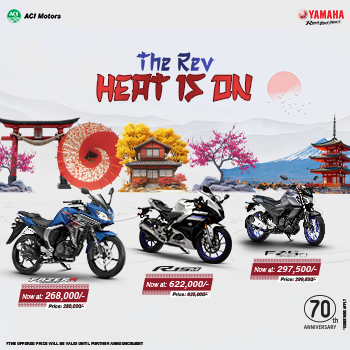What is fuel injector and how it works? What are the objectives of fuel injection? Also, What is the main function of the fuel injection system? What is the Process of Fuel Injection? How important is fuel injection? What is the most common fuel injection? What are the 2 types of fuel injectors? Which is better fuel injection? Does fuel injection make a bike faster? How is a fuel injector working? Find more about Fuel Injection Technology or Systems in Bikes along with its purpose, benefits, drawbacks, usage, and more.
What is meant by Fuel Injection Technology?
The introduction of fuel in an internal combustion engine by the fuel injector is known as the Fuel injection. The mechanism generally takes place in automotive engines. Traditionally, the movement of the pistons creates suction that is used to drive the mechanism of introduction of fuel into the cylinders. But in Fuel Injection Technology, Pump drives the the introduction of fuel into the cylinders. You can find fuel-injection pumps instead of conventional carburetors mostly in the engines with spark ignition. In the Fuel Injection system, the individual cylinders get more evenly distributed fuel compared to a carburetor system.
What is the Principle of Fuel Injection?
In simple words, cams on the camshaft operate the timing valves. A high-pressure manifold controls the injection of fuel. It directs through spring-loaded injectors to the cylinders. You can compare it with a common rail principle. A multi-plunger pump delivers fuel to the high-pressure main. The spill valve controls the desired value of the pressure. However, this mechanism is for the Low-Speed Engines.
In high-speed engines, the mentioned system delivers fuel from the vehicle tank into the combustion chamber. Cam-actuated piston pumps unclose the injector against a compressed spring in the traditional mechanism. By the way, in this system, limited flexibility of timing pressure & rate is offered. Hence, the following mechanism was abolished in the electronically controlled common rail or unit injector systems.
This system estimates the amount of air intake into the engine as well as provides the volume of fuel needed for the combustion. An ECU determines and controls the fuel injection rate. The mass flow method, as well as the calculation method, are the 2 methods used to detect the amount of air intake.
What is Needed for Fuel Injection?
The alluded system consists of a complex set of electronic components or sensors. The following elements are present in the Fuel Injection System for high-speed vehicles:
- Fuel Tank: Stocks an adequate amount of fuel. The fuel tank abstracts filling cap and pick up and return pipes.
- Low-Pressure Pump: The Low-pressure pump delivers the conduction of fuel from the tank to the filter and the high-pressure pump.
- Filter & Separator: Eradicates contaminated particles as well as water from the fuel body.
- High-Pressure Pump: The high-pressure pump actually pressurizes the fuel to injection pressure.
- Common Rail: It holds fuel at high pressure. The common rail also feeds the injectors as well.
- Injectors: Eventually deliver fuel into the combustion chamber. When the ECU (electronic control unit) instructs, a solenoid can open up the injector.
What are the Benefits of Fuel Injection Technology?
Fuel Injection System offers the following benefits on a bike:
- Provides cleaner and more efficient combustion.
- Enhanced fuel efficiency or mileage.
- Better, sharper, and quicker throttle response.
- More precise & controlled air-fuel mixture as well as atomization.
- Comparatively maintenance-free and less prone to damages.
- ECU mapping enables easy tuning.
What are the Disadvantages of Fuel Injection?
The FI technology has a few drawbacks as well.
- Overall expensive to generate.
- The ECU mapping that tunes the FI system needs complex tools to do so.
- The repairing tools are more expensive comparatively.
- In case of an ECU failure, the bike will not even start.
Does Fuel Injection Improve Performance?
When the rider increases the flow rate of the fuel injectors in his bike, the engine computer actually uses those to add more fuel to the cylinders. In the process when this increased fuel is mixed up with an increased sum of oxygen, during the combustion more energy is released. Hence, the engine becomes able to generate more horsepower.
Why is Fuel Injection Used?
Fuel injection is widely used due to the following reasons:
- Provides optimizes combustion
- improved fuel efficiency
- Emission is tremendously reduced in this mechanism and hence environment friendly
- Overall better engine performance.
Which is Better Fuel Injection or Carburetor Bike?
| Carburetor | Fuel Injection Engine |
| Carburetors are more pollutant. | The FI system is less pollutant. |
| Phased out earlier. | More versatile option. |
| Struggles in case of ever-changing fuel temperature and air pressure. | The ECU tends to provide the best possible performance thanks to complex calculations. |
| The measurements of fuel and air mixture are less accurate in the carburetor engine. | Able to provide more accurate measurements of fuel and air. |
| Throttle response is slower. | Quicker and better throttle response. |
| Presents less mileage and engine performance. | The user enjoys better mileage as well as engine performance. |
| Easily repairable & replaceable. | The repair and replacement are more costly & complex. |
| Available at a cheaper rate. | More expensive to generate & maintain. |
Overall, we can tell, that the Carburetor system is just cheaper, and repairing and replacement are affordable. Otherwise, the FI system is improved and ahead in every sense. It doesn’t only provide better mileage but also offers overall top performance including throttle response, longer lifespan, and more. So, no doubt, for Bikes, Fuel Injection is better than Carburetor.


























